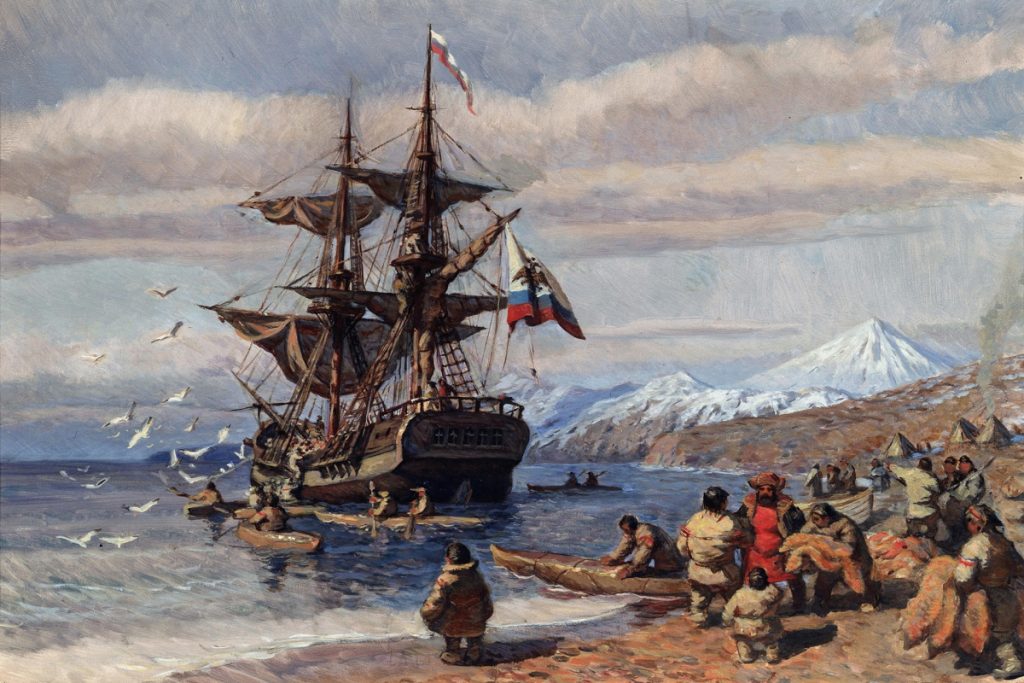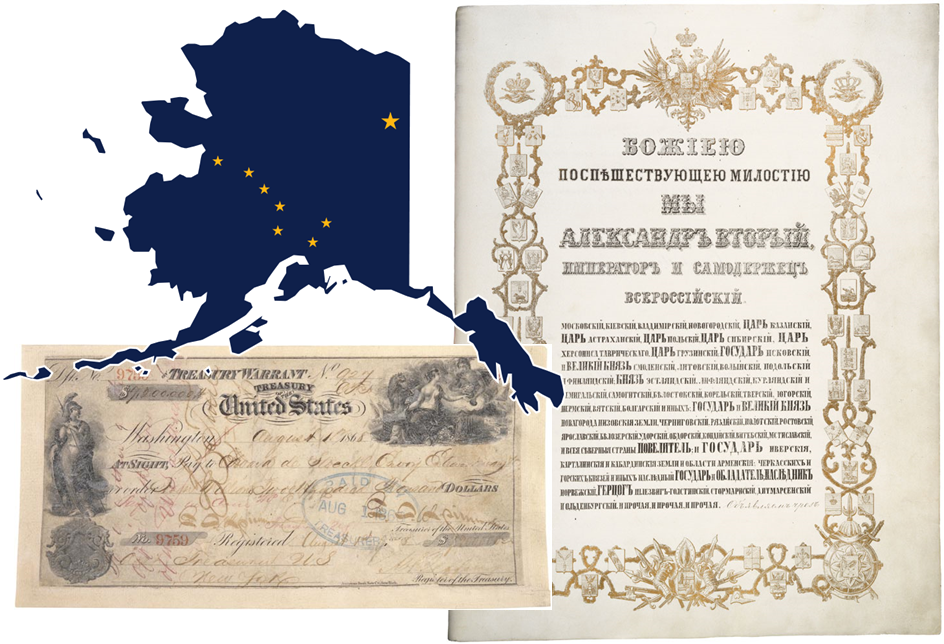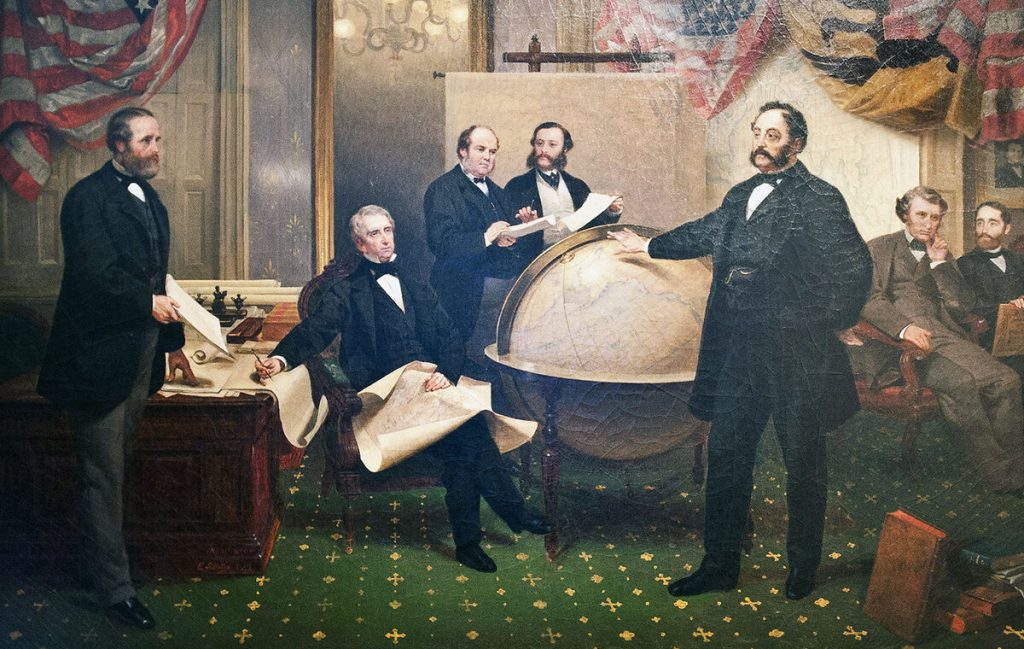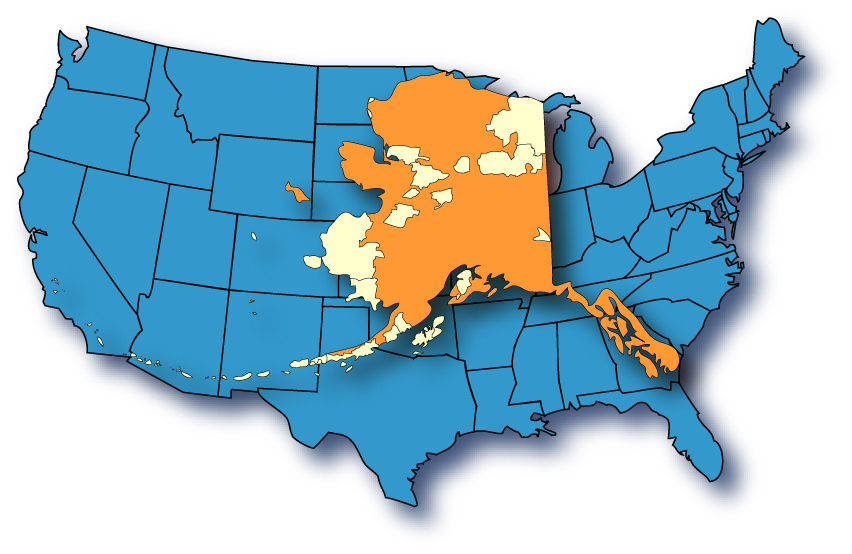Transition of Alaska: From Russian Possession to American Jewel
Introduction
The sale of the territory of Alaska by Russia to the United States in 1867 represents one of the most impressive and significant events in the history of world politics. This historic act had a tremendous impact on the two great powers as well as on the world at large. The sale of Alaska was the result of a complex game of strategic, economic, and geopolitical interests at the time, and its repercussions are still being felt today. What makes this moment so significant and why does it continue to attract the attention of researchers, scholars, policymakers, and ordinary people around the world?
Studying the context of this period reveals to us a wide range of events that shaped the world map and political landscape of the nineteenth century. It was a time of intense geopolitical change as great powers sought to consolidate their position on the world stage. In this article, we will walk through the historical events leading up to the sale of Alaska, examine the factors that led to this decision, and highlight the consequences of this action on world politics and economics.
And if you want to get even closer to the birthplace of these historic events, our moving company will be happy to be your partner in moving to Alaska and will take care of all the hassles associated with preparing for the move and logistics, so that you can enjoy exclusively positive emotions from this significant step in your life.
History of Russian colonization of Alaska
In the nineteenth century, Alaska, a mysterious and remote area, attracted the attention of many European countries who wanted to establish control over these rich lands. For centuries, the area had been inhabited by indigenous peoples such as the Aleuts, Eskimos, and American Indians who fished, hunted, and gathered.In 1741, an expedition led by Vitus Bering opened Alaska to Europeans. After that, Russian traders and explorers began to actively explore and colonize these lands. In 1784, Russian America, as the colony became known, was formally founded. The main goals of the Russian colonizers were to harvest marine mammals, develop the land for agriculture, and trade in seafood.

However, Russian colonization of Alaska was not without opposition. Local indigenous peoples, mostly Aleuts, faced exploitation and violence from the Russian colonizers. This led to armed clashes and struggles for independence. In addition, competition with other European powers such as Britain and the United States also made it difficult for Russian America.
Nevertheless, Russian colonization of Alaska continued until 1867 when Russia, facing financial difficulties and pressure from other powers, decided to sell the territory to the United States. This historical moment had a huge impact on the geopolitical map of the world and established Alaska as an important region of North America.
Sale of Alaska to the United States
In the late 19th century, the Russian Empire faced a number of economic and political challenges, including weak control over the northern territories and a weakening Russian presence in Alaska. These factors, as well as the need for money to finance domestic reforms, led to serious discussion of selling Alaska to the United States.
In addition to domestic reasons, Russia also faced the threat of losing control of Alaska to a possible invasion by the United States. In 1867, during the reign of Emperor Alexander II, Russian diplomat Eduard de Struve began negotiations with American diplomats over the possible sale of the territory.
Although there were no other bidders for Alaska at this time, the United States had already expressed interest in expanding its territory to the west. However, the price of the deal was the subject of debate. Russia and the United States agreed to a sum of $7.2 million, which in today’s dollar terms is about $123 million.

In March 1867, a treaty of sale was signed, which later became known as the Treaty of Alaska. This deal ended on October 18, 1867, when the territory was ceded to the Americans in Thomson Bay, near the modern town of Sitka.
For Russia, the sale of Alaska was a way to avoid possible conflict with the United States and to obtain funding to support domestic reforms. However, the decision also drew criticism and disapproval at home.
For the United States, the acquisition of Alaska was a strategically important move. The deal allowed the U.S. to greatly expand its territories in the west and gain access to the resources and trade routes of the Pacific Ocean. In addition, the acquisition of Alaska brought new aspects to American culture and economy, such as gold mining, the development of fishing and lumbering, and the infrastructural development of the region.
Consequences of the sale for Russia and the United States
After the sale of Alaska to the United States, both countries faced different consequences that affected their history, politics, and economies.
For the United States, the acquisition of Alaska proved to be a strategically important move. This acquired region became a huge source of resources such as oil, gas, timber, and fish, which contributed to the economic development of the country. Moreover, control over territory in the Pacific Ocean strengthened the American presence in the region and increased its influence in the international arena.
For Russia, the consequences of the sale were less obvious. On the one hand, Russia received a significant amount of money, which greatly helped improve its financial situation. On the other hand, the loss of Alaska meant the loss of a strategically important territory in the North Pacific Ocean and a decrease in Russia’s influence in the international arena.

Historians and researchers have differing opinions on how history might have unfolded if Alaska had remained part of Russia. Some believe that Russia could have continued to colonize and exploit Alaska, which could have affected the historical development of the region and the fate of the indigenous peoples. Others argue that retaining Alaska could have been burdensome for Russia, leading to additional financial costs and increased tensions with the United States.
There were citizens in both countries who did not support the deal. In the United States, some politicians and public figures raised concerns about the cost of the deal and its practical benefits to the country. In Russia, some criticized the sale of Alaska as a betrayal of national interests.
Overall, the consequences of the sale of Alaska had a profound impact on both countries, leaving a mark on their history and shaping their future development and policies.
Economic and strategic importance of Alaska to the United States
Alaska, as a U.S. state, plays an important role in the country’s economy and geopolitics. Its strategic location in the northwest of the continent makes it a key element in American national security and defense. In addition, Alaska’s abundant natural resources and unique natural beauty make it a significant source of income and an attractive tourist destination.
Economically, Alaska is of significant importance to the United States. Its share of the nation’s total GDP may seem small, but the region is strategically important in the oil, gas, and ore mining, as well as the logging and fishing industries. These industries attract investment and create jobs, contributing significantly to the economic development of the region and the country as a whole.
It is important to note that Alaska’s profitability and importance to the U.S. is not only in economic terms, but also in the context of its geopolitical position. Alaska is an important base for the U.S. Navy in the Pacific, which provides the country with security and influence in the region.

It should also be noted that Alaska’s value to the U.S. is comparable to other key states in the country. Although Alaska is not the most populated or economically developed state, its strategic importance combined with its wealth of natural resources makes it of particular importance to the US.
To date, Alaska remains a focus of attention in the U.S.-Russian relations. While direct conflict between the countries over Alaska is unlikely due to its status as a U.S. state, the region remains an important element in the shared strategic interests of both countries, especially in the context of Arctic policy and the resources of the region.
Conclusion
The sale of Alaska in 1867 remains one of the most important events in the history of world politics. In this article, we have examined various aspects of this historical moment, from the history of Russian colonization of Alaska to its implications for Russia and the United States.
The history of the Russian colonization of Alaska reflects the Russian Empire’s desire to expand its territories into new, resource-rich lands. This process paved the way for the subsequent sale of the territory.
The sale of Alaska to the United States was the result of economic and strategic factors, such as Russia’s financial difficulties and U.S. strategic interest in the Pacific. The deal cost the United States $7.2 million.

The effects of the sale are still being felt today. Alaska has become a key element in the U.S. economy and geopolitics, and relations between Russia and the United States include discussions and cooperation on issues related to the region.
The economic and strategic importance of Alaska to the United States cannot be overemphasized. The region generates significant revenue and plays a key role in the country’s national security. Its acquisition has helped the U.S. become one of the world’s leading powers.
Our moving company is ready to be your reliable partner when moving to the Alaska region. We take care of all the logistics involved in the move to ensure you have a comfortable transition. With us, your move to this historically important region will be smooth and hassle-free.
Contact us in any way:
Telephone: (954) 773-9667
E-mail: abs@absoluteinc.org





